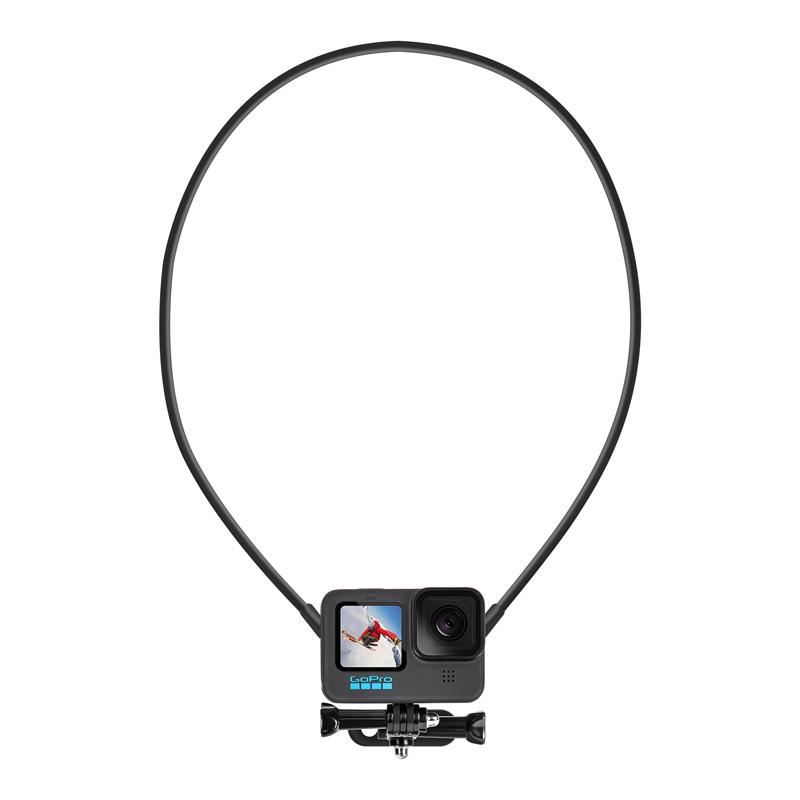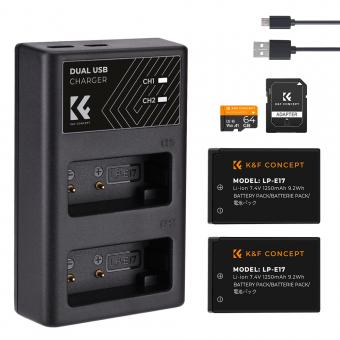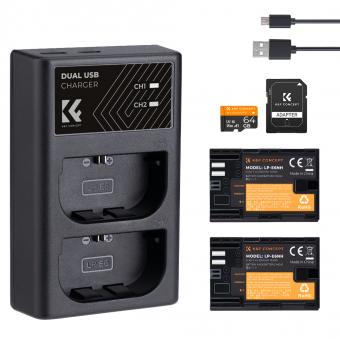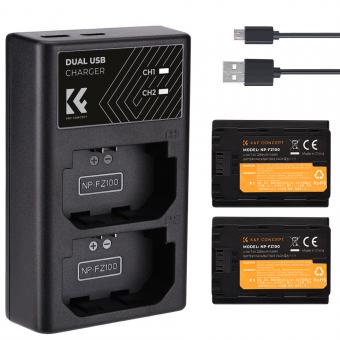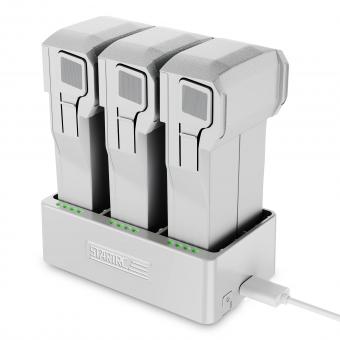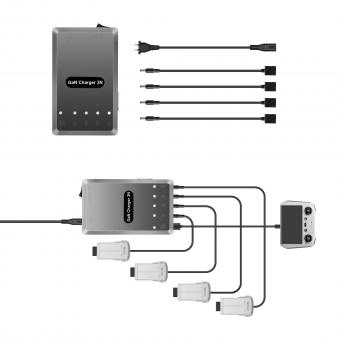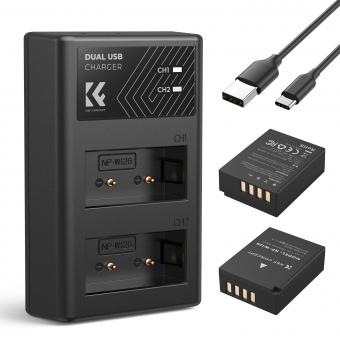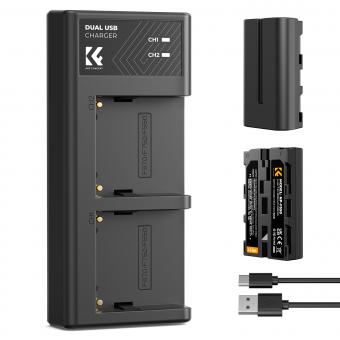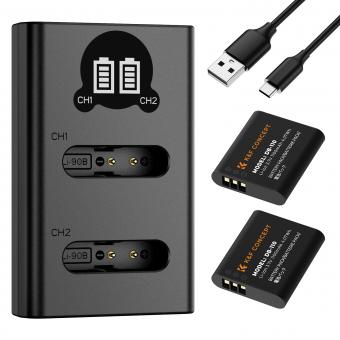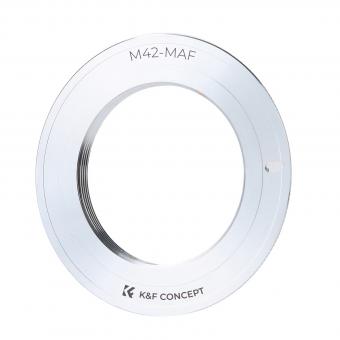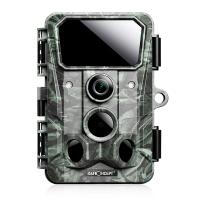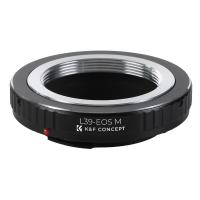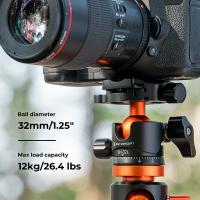Who Will Carry Camera Batteries ?
Camera batteries are typically carried by the photographer or camera operator who is using the camera equipment.
1、 Photographers or camera operators typically carry camera batteries.
Photographers or camera operators typically carry camera batteries. These individuals are responsible for capturing stunning images and footage, and having a reliable power source is crucial for their work. Carrying camera batteries ensures that they can continue shooting without interruptions or delays.
In the past, camera batteries were often large and heavy, requiring additional equipment such as battery grips or external power sources. However, with advancements in technology, camera batteries have become more compact and lightweight, making it easier for photographers and camera operators to carry them.
Today, many professional cameras use rechargeable lithium-ion batteries, which offer a high energy density and longer life compared to older battery technologies. These batteries can be easily swapped out when they run out of power, allowing photographers and camera operators to continue shooting without much downtime.
In addition to carrying camera batteries, professionals in the field also take precautions to ensure they have enough power throughout their shoots. They often carry spare batteries, especially when working on long assignments or in remote locations where access to power sources may be limited. Some photographers even use portable battery packs or solar chargers to keep their batteries charged on the go.
It's worth noting that advancements in camera technology have also led to the rise of mirrorless cameras, which are becoming increasingly popular among photographers and camera operators. These cameras are generally more compact and lightweight than traditional DSLRs, and they often use smaller batteries. As a result, professionals using mirrorless cameras may need to carry multiple batteries to ensure they have enough power for their shoots.
In conclusion, photographers and camera operators are typically responsible for carrying camera batteries. With the advancements in battery technology, these professionals can now rely on compact and lightweight batteries to power their equipment, ensuring uninterrupted shooting and capturing of stunning visuals.
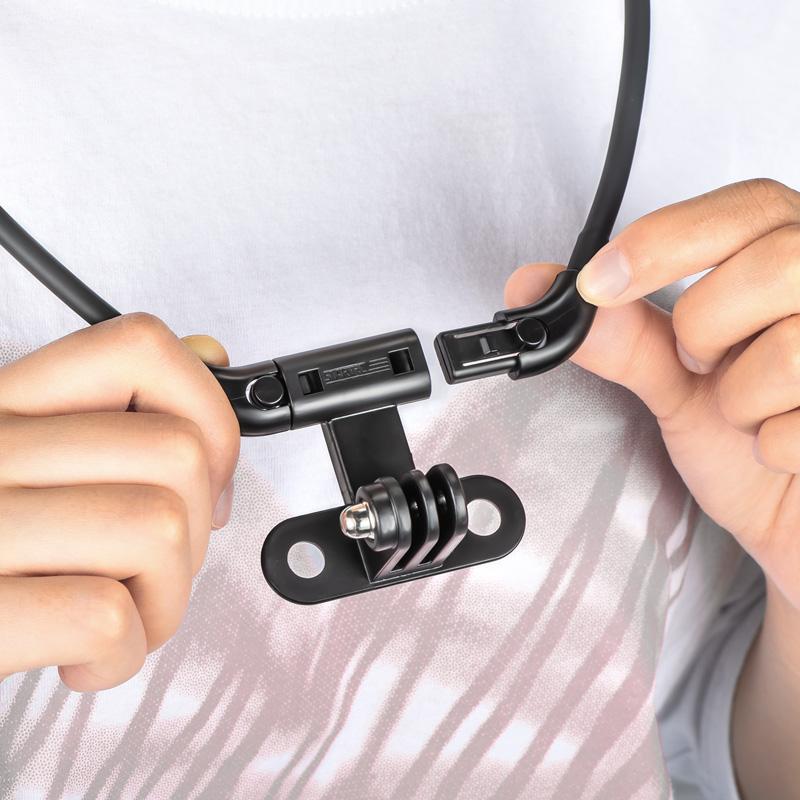
2、 Some camera bags or cases have compartments for battery storage.
Some camera bags or cases have compartments for battery storage. This allows photographers to conveniently carry their camera batteries with them while on the go. These compartments are designed to securely hold the batteries in place, preventing them from moving around and potentially getting damaged.
Carrying camera batteries in a dedicated compartment within a camera bag or case offers several advantages. Firstly, it ensures that the batteries are easily accessible when needed. This is particularly important for photographers who are constantly on the move and need to quickly swap out batteries during a shoot. Having a designated compartment also helps to keep the batteries organized and separate from other items in the bag, reducing the risk of accidentally misplacing or losing them.
Additionally, camera bag manufacturers are constantly innovating and improving their designs to cater to the needs of photographers. Some bags now come with built-in charging capabilities, allowing photographers to charge their batteries on the go. This is especially useful for those who frequently shoot in remote locations or travel extensively, as it eliminates the need to carry separate battery chargers.
Furthermore, advancements in technology have led to the development of more compact and lightweight camera batteries. This means that photographers can now carry multiple batteries without adding excessive weight to their camera bags. This is particularly beneficial for professionals who often shoot for extended periods of time or in challenging environments where access to power sources may be limited.
In conclusion, camera bags or cases with compartments for battery storage are a practical solution for photographers who need to carry their camera batteries with them. These compartments offer convenience, organization, and protection for the batteries, ensuring that photographers can easily access and use them when needed.

3、 Camera assistants or production crew members may also handle batteries.
Camera assistants or production crew members may also handle camera batteries. In the film and television industry, camera assistants, also known as camera operators or camera technicians, are responsible for the technical aspects of operating the camera. This includes setting up and maintaining the camera equipment, which often includes handling camera batteries.
Camera batteries are essential for powering the camera and other related equipment, such as monitors and lights. Camera assistants are typically trained in handling and maintaining batteries to ensure they are charged and ready for use during shoots. They may be responsible for checking battery levels, swapping out depleted batteries with fully charged ones, and ensuring that batteries are properly stored and maintained.
However, it is worth noting that the specific responsibilities related to camera batteries may vary depending on the production and the size of the crew. In some cases, production crew members, such as grips or electricians, may also handle batteries as part of their overall responsibilities on set. This can include tasks like setting up battery charging stations or assisting with battery swaps during shoots.
It is important for camera assistants and production crew members to have a good understanding of battery safety and proper handling procedures. This includes being aware of potential hazards, such as the risk of electrical shock or fire, and following industry best practices for battery management.
As technology evolves, the role of camera assistants and production crew members in handling camera batteries may also change. For example, advancements in battery technology, such as the increasing use of rechargeable lithium-ion batteries, may require crew members to stay updated on the latest charging and maintenance techniques.
Overall, camera assistants and production crew members play a crucial role in ensuring that camera batteries are properly handled and maintained to support the smooth operation of the camera equipment during film and television productions.
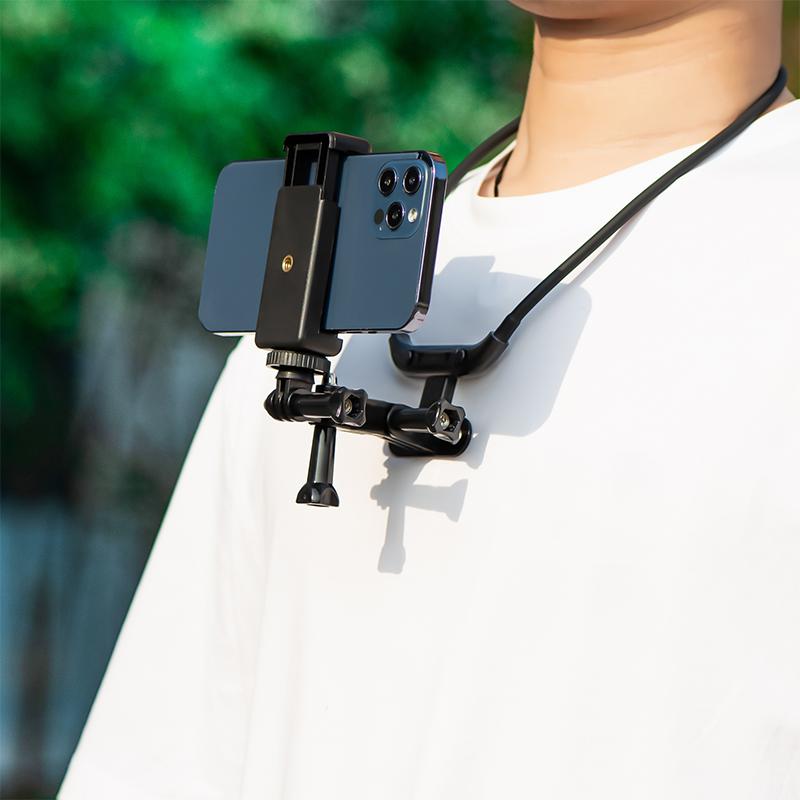
4、 In some cases, battery grips or external battery packs are used.
In some cases, battery grips or external battery packs are used to carry camera batteries. These accessories are particularly useful for photographers who require extended shooting sessions or are working in remote locations where access to power sources may be limited.
Battery grips are attachments that can be added to the bottom of the camera body, providing additional space to accommodate extra batteries. They not only increase the overall battery life but also offer a more comfortable grip for vertical shooting. Many professional photographers prefer using battery grips as they provide a convenient solution for carrying spare batteries without the need for separate storage.
External battery packs, on the other hand, are separate power sources that can be connected to the camera via a cable. These packs are typically larger and bulkier than regular camera batteries but offer significantly longer shooting times. They are commonly used in situations where continuous shooting or video recording is required, such as during events or wildlife photography.
It is worth noting that advancements in battery technology have led to the development of more efficient camera batteries with longer life spans. Manufacturers are constantly working on improving battery performance to meet the demands of photographers. Additionally, some cameras now come with built-in rechargeable batteries that can be charged via USB or other power sources, reducing the need for external battery packs.
Overall, while battery grips and external battery packs are still widely used, the latest advancements in battery technology are providing photographers with more options and flexibility when it comes to carrying camera batteries.
